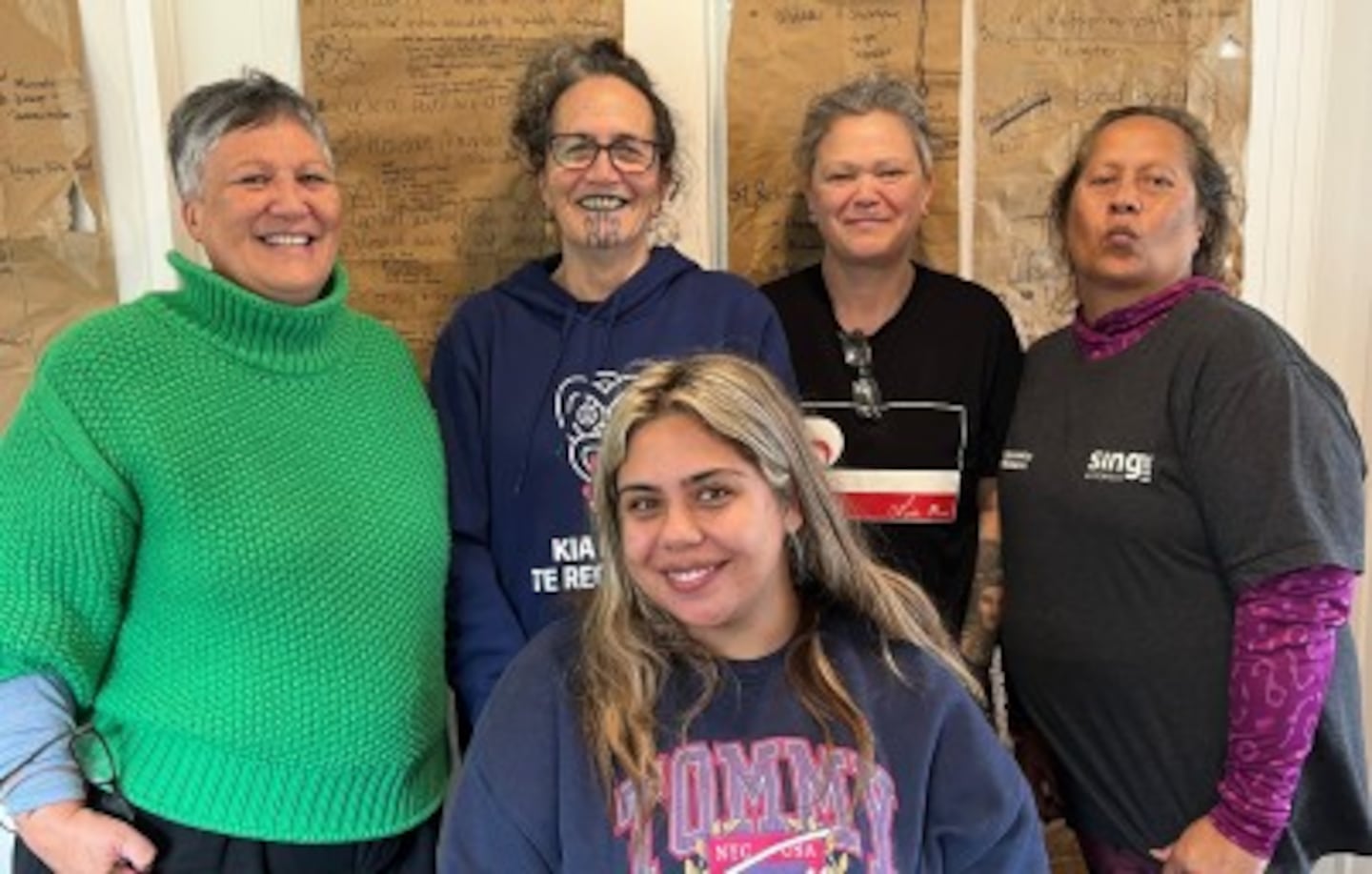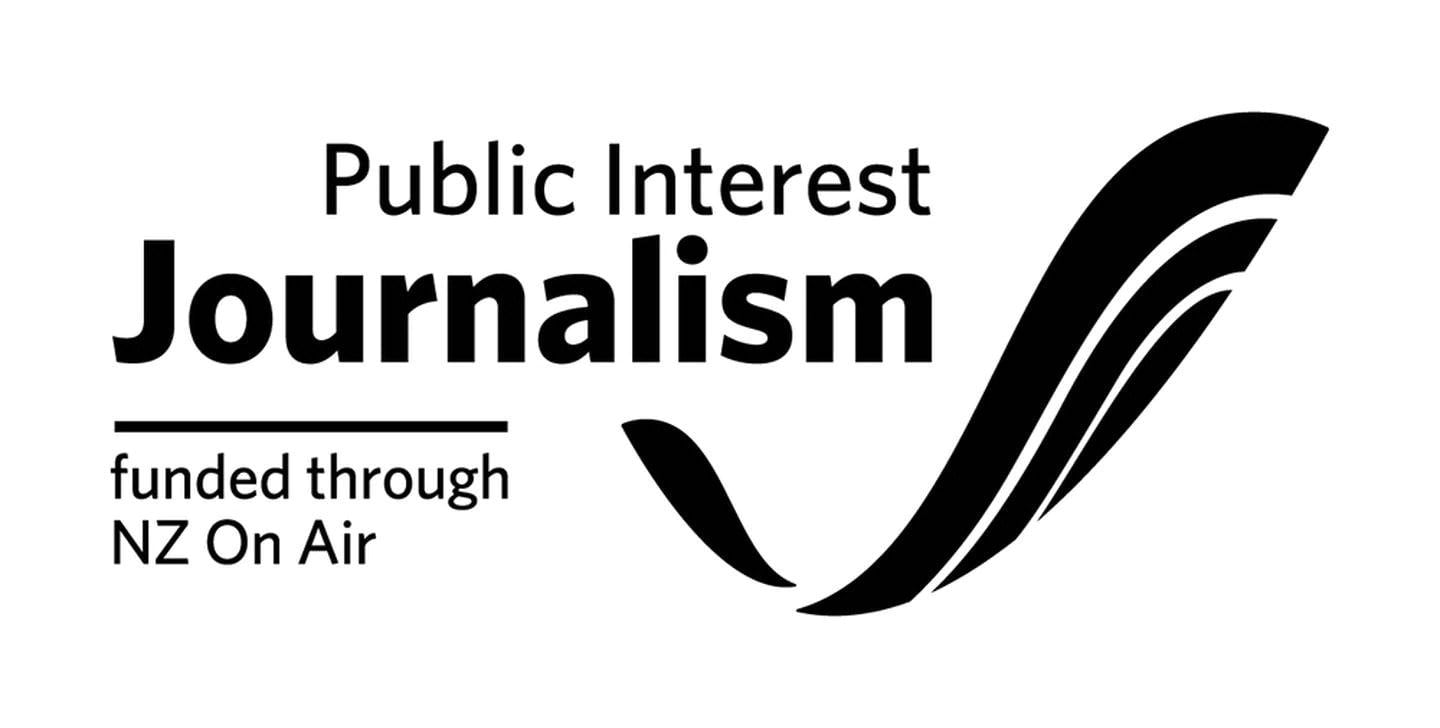Te Whāriki Manawāhine o Hauraki is the sole women’s refuge service in the Thames, Coromandel and Hauraki district council regions.
It recently secured a community project grant from the Health Research Council to help explore the experiences of Māori in the rohe following the devastating Cyclone Gabrielle this year and how their needs can be better served in future civil defence management.
Te Whāriki research manager Paora Crawford Moyle says the project will see their teams going into the communities hardest hit by Gabrielle and its aftermath and record the lived experience of whānau who were left isolated, in some cases for more than 10 days.
Moyle says it is critical that information is captured to help form the whānau-centred solutions Te Whāriki believes are critical to future emergency responses.
“The lived experience of how they got out there and responded, the resilience, the recovery, the instantaneous mahi that goes into helping others, that all needs to be captured.
“That’s a part of drawing conclusions on where the gaps are and helping inform solutions so our people aren’t overlooked, that there is a strategy in place and they know what to do as best they can. And that they team up with those who have a duty of care to all communities, not just the ones that are well-off.”
Te Whāriki has been working with the Thames-Coromandel District Council since Gabrielle to improve the disaster and recovery response for Māori in the district, a number of whom lost homes and livelihoods.
Isolated communities not contacted
Te Whāriki general manager Denise Messiter says the organisation helped five isolated Māori communities during the cyclone. She says the communities hadn’t heard from the council or emergency management teams, including one who was left isolated for 15 days.
“It was through this experience that we decided we needed to document how tangata whenua had mobilised to meet the disaster response and recovery needs of whānau and use that information to influence policy decisions for emergency management in isolated Hauraki Māori communities.”
Te Whāriki has been awarded $300,000 over 18 months through the HRC’s Ngā Kanohi Kitea Project Fund to continue the work. Moyle says the council and emergency management leaders have responded well to the need for an improved response in the future.
“I think there’s an alliance there, or at least an understanding of being open to some of the things that Civil Defence got wrong, what didn’t happen immediately that should have happened.
“Those are all the things that we’re really interested in capturing so that we can then inform, for example, where the gaps are, what needs to happen. You’ve got somebody saying, we need a generator at our marae but there’s none left because what we saw was a couple of helicopters going over to the well-off side and they had generators attached to them.
“But those that need the most seem to be missing out. We can’t do that we have to cater or try and cater for everybody. This is a really good opportunity to [do that].”
The Hauraki Māori weathering Cyclone Gabrielle project is one of three Te Whāriki successfully applied for funding from the HRC. It has also received funding for a research project around gang whānau healing from intergenerational trauma and funding for a research manager, both for a 12-month period.




